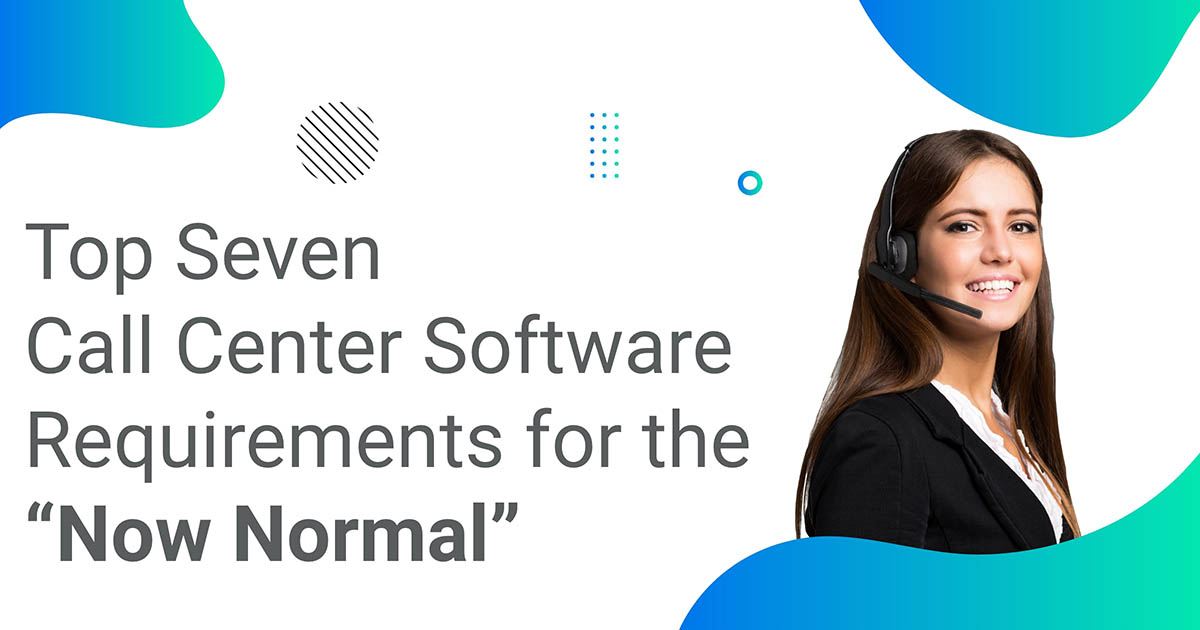Do You Foster Lifelong Learning in Your Contact Center?
 How does lifelong learning translate into the contact center? In an ideal world, a lifelong learning environment would afford agents, frontline supervisors and managers the opportunity to leverage the latest technologies and training methodologies to engage in ongoing skill development. It is a place where the emphasis and focus on training is elevated on the list of strategic goals—making it a consistent and integral part of the culture.
How does lifelong learning translate into the contact center? In an ideal world, a lifelong learning environment would afford agents, frontline supervisors and managers the opportunity to leverage the latest technologies and training methodologies to engage in ongoing skill development. It is a place where the emphasis and focus on training is elevated on the list of strategic goals—making it a consistent and integral part of the culture.
Encouraging lifelong learners should be a contact center scripture, where both agents and managers are equipped with the tools to improve skills—ranging from topics such as team management, multichannel interactions, cross- and upselling, as well as problem solving and crisis management.
Very few contact centers have been able to achieve a lifelong learning environment. How do we as an industry get there? To get started, ask yourself the following questions:
- How often do you intend to schedule coaching?
- How often do you actually schedule and conduct coaching?
- Do you offer agents access to a best practices learning library?
- What type of training is offered to agents when they first start with your organization?
- How often do you assess your agents’ skill sets?
- Do you have a program in place for advancing and furthering the skill sets of staff?
Moving from Monitoring to Training
Ever since the first call center opened, agents have been monitored. Now, contact center managers are using software not only to capture the conversation between the agent and the customer, but also the activity on the agent’s screen as the call happens.
While monitoring technology is the great facilitator and provides contact center managers with more insight into agent performance than the industry could even imagine five or 10 years ago, adopting technology in and of itself doesn’t guarantee that agents are advancing their skills or being trained properly. Unfortunately, many contact center leaders think that using new monitoring technology will solve every ailment they are experiencing related to agent performance and broken processes.
Consider this: The most expensive fixed cost in a contact center isn’t technology. It is the cost of keeping agents sitting in their seats—skilled, happy and providing great service, and perhaps even selling to your customers. Yet, contact center managers don’t give nearly half of the due diligence to ensuring a long and successful tenure of agents as they do to a major software purchase.
Technology is only 50% of the “training” equation. What are contact center managers going to do with the skill deficiencies that have been identified through the monitoring process? Sadly, most contact centers fall short here. The reality is that not much is done in terms of managerto- supervisor and supervisor-to-agent training.
Identifying the “Training Gap”
In my experience, contact center management typically expects supervisors to spend between 50% to 70% of their time on monitoring and coaching agents. Yet, what I have found is that, on average, supervisors only spend between 3% to 7% of their time coaching and developing agents.
This only reinforces the fact that the coaching and training of agents is not happening. Contact centers are paying for this in many ways. If agents don’t know the answer to a question, all too often they simply tell customers what they want to hear. Such actions only result in frustrated customers who end up calling back or maybe even taking their business elsewhere.
The contact center industry has done a poor job of providing ongoing training to its frontline staff—this includes contact center agents as well as supervisors. Often, management makes excuses that real training practices aren’t affordable. The focus remains on the almighty service level. Let’s ask ourselves the question, “What difference does it make if contact centers are achieving their service level goals, but agents are providing subpar service?”
In many cases, there are skill gaps around products and services or interaction skills. Centers are running a conservative 30% agent attrition rate, which means that many customers receive service from new and inexperienced agents. Part of the problem is that contact center managers don’t view their agents and frontline supervisors as an extension of the team or as representatives who need to be empowered and enabled to think on their own.
Your agents are your advertising. They represent the company in the marketplace and are usually the first point of contact for questions and concerns. With the advent of Web self-service, agents are handling more complex transactions. Thanks mostly to the Internet, these agents are dealing with customers who are well-educated on products, services and company policies. As result, agents should be as or more knowledgeable than the customers they serve.
Let’s turn to the topic of supervisors. Ninetyeight percent of supervisors come from the agent ranks. They are typically the youngest members of management, with the most direct reports and the least amount of experience—not often a winning combination. When agents are promoted to the level of supervisor, they are rarely given any type of training on how to coach a team. Executive management often assumes that along with the new supervisor title comes the know-how to manage and coach large teams. However, where there are weak supervisors, there is often high turnover. A supervisor who has not been trained in the art of coaching can actually do more harm to an organization than good.
Achieving a Lifelong Learning Environment
Contact center leaders must understand their employees’ specific skills and deficiencies. By engaging in individual training sessions and setting performance benchmarks and goals, they are instrumental in helping employees move from the mentality of “necessary paycheck” to “empowered agent.” Managers should take the time to find out the organization’s short- and long-term goals and train agents to develop specific skills needed to achieve those objectives.
Good coaching is a learned skill. Fortunately, quality assurance, training and coaching tools can help make feedback and guidance a seamless part of daily operations. These tools provide out-of-the-box workflows for scheduling, delivering and tracking telecommunicator coaching. Great training courses are available, as well, and even books focused on improving business can provide a good start. The biggest hurdle that contact centers face with agent performance and retention is to overcome the fragmented learning environment currently in place in many organizations. Businesses must not ignore employee coaching—it is much too important to leave to instinct and intentions alone.
– Reprinted with permission from Contact Center Pipeline, www.contactcenterpipeline.com

